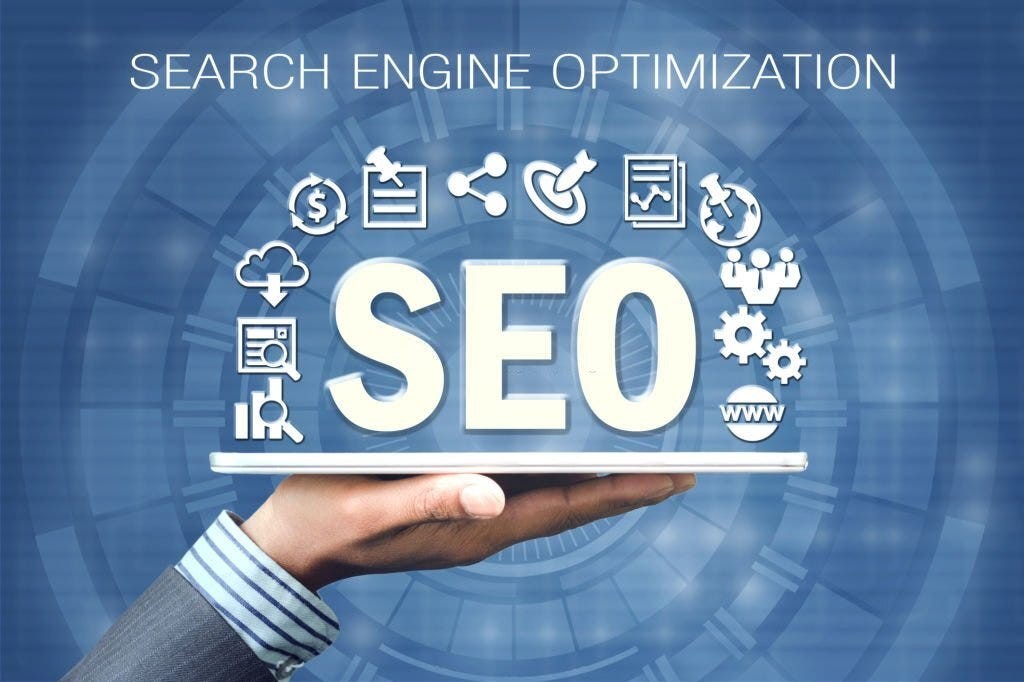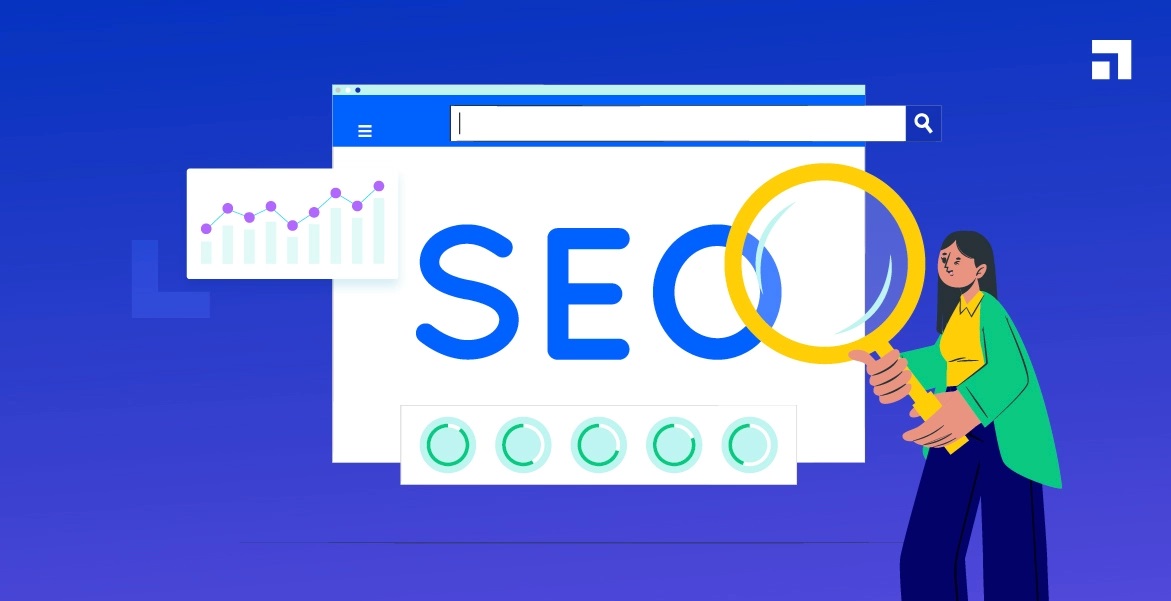In the world of digital marketing, ensuring your website is optimized for search engines is crucial for attracting organic traffic and achieving online success. However, many websites unknowingly suffer from various technical and structural errors that can hinder their SEO efforts. Understanding these common site errors and their impact on SEO is essential for maintaining a healthy and high-performing website. This article will delve into nine prevalent site errors, explain their implications for SEO, and provide actionable tips to rectify them.
1. Slow Page Loading Speed
Error: Slow page loading speed can frustrate users and lead to higher bounce rates. It often results from large image sizes, excessive scripts, or poor server performance.
Impact on SEO: Google considers page speed as a ranking factor. Slow-loading pages may result in lower rankings and decreased visibility in search engine results.
Solution: Optimize images, minify CSS and JavaScript files, utilize browser caching, and consider upgrading to a faster web hosting provider.
2. Mobile Unfriendliness
Error: Websites that are not mobile-friendly do not display properly on mobile devices, leading to a poor user experience.
Impact on SEO: Google prioritizes mobile-friendly websites in its mobile search results. Non-mobile-friendly sites may see a drop in rankings for mobile searches.
Solution: Adopt responsive web design principles to ensure your website adapts to various screen sizes and devices. Test your site using Google’s Mobile-Friendly Test tool.
3. Broken Links
Error: Broken links occur when a hyperlink leads to a page that no longer exists or has been moved.
Impact on SEO: Broken links disrupt the user experience and can negatively impact your site’s credibility and search engine rankings.
Solution: Regularly audit your website for broken links using tools like Google Search Console or online broken link checkers. Replace or redirect broken links to relevant pages.
4. Duplicate Content
Error: Duplicate content refers to identical or very similar content appearing on multiple URLs within your website or across different websites.
Impact on SEO: Google penalizes websites with duplicate content by potentially lowering their rankings. It can also confuse search engines about which version of the content to index.
Solution: Use canonical tags to specify the preferred version of content, rewrite duplicate content to make it unique, and avoid scraping or duplicating content from other sources.
5. Missing Meta Tags
Error: Meta tags, such as title tags and meta descriptions, provide search engines with information about your web pages. Missing or poorly optimized meta tags can affect SEO.
Impact on SEO: Well-crafted meta tags can improve click-through rates from search engine results pages (SERPs) and provide search engines with context about your content.
Solution: Ensure every page on your website has unique and descriptive title tags and meta descriptions that accurately reflect the content of each page.

6. Poor URL Structure
Error: A disorganized or complex URL structure with unnecessary parameters, numbers, or special characters can confuse both users and search engines.
Impact on SEO: Clear, concise, and keyword-rich URLs are more likely to be clicked on and understood by search engines, potentially improving rankings.
Solution: Optimize URLs to be descriptive, include relevant keywords, use hyphens to separate words, and avoid unnecessary parameters or session IDs.
7. Lack of HTTPS Security
Error: Websites without HTTPS encryption transmit data insecurely, potentially compromising user privacy and security.
Impact on SEO: Google considers HTTPS as a ranking signal. Websites without HTTPS may experience lower rankings and user trust.
Solution: Install an SSL certificate to enable HTTPS encryption. Update internal links and sitemaps to HTTPS versions and ensure all resources (images, scripts) are served securely.
8. Poor Internal Linking Structure
Error: Inadequate internal linking leads to a lack of connectivity between pages on your website, making it difficult for search engines to crawl and index content effectively.
Impact on SEO: A well-structured internal linking strategy helps distribute page authority and improves user navigation, which can positively impact rankings.
Solution: Create a hierarchical site structure with clear navigation. Use descriptive anchor text for internal links and strategically link related pages and content.
9. Thin or Low-Quality Content
Error: Pages with insufficient or low-quality content provide little value to users and may not satisfy search intent.
Impact on SEO: Google prioritizes high-quality, relevant content that meets user intent. Thin or low-quality content may lead to lower rankings or being overlooked in search results.
Solution: Conduct content audits to identify thin or outdated content. Focus on creating comprehensive, informative, and engaging content that addresses user queries and provides value.
Conclusion: Optimizing Your Website for SEO Success
Addressing and rectifying these common site errors is essential for optimizing your website’s performance in search engine rankings and enhancing user experience. By focusing on improving page loading speed, mobile-friendliness, fixing broken links, avoiding duplicate content, optimizing meta tags, improving URL structure, implementing HTTPS security, enhancing internal linking, and creating high-quality content, you can establish a solid foundation for SEO success.
For businesses looking to maximize their SEO efforts and address these site errors effectively, partnering with reputable SEO services in Pune can provide specialized expertise and tailored strategies. Pune-based SEO agencies offer local insights and industry knowledge to help businesses in Pune and beyond achieve their SEO goals and drive organic growth.
By prioritizing ongoing website maintenance, regular audits, and staying updated with SEO best practices, you can ensure your website remains competitive in search engine results and continues to attract valuable organic traffic. Implement these strategies diligently, and watch as your website’s visibility and rankings improve over time, leading to sustained online success.




